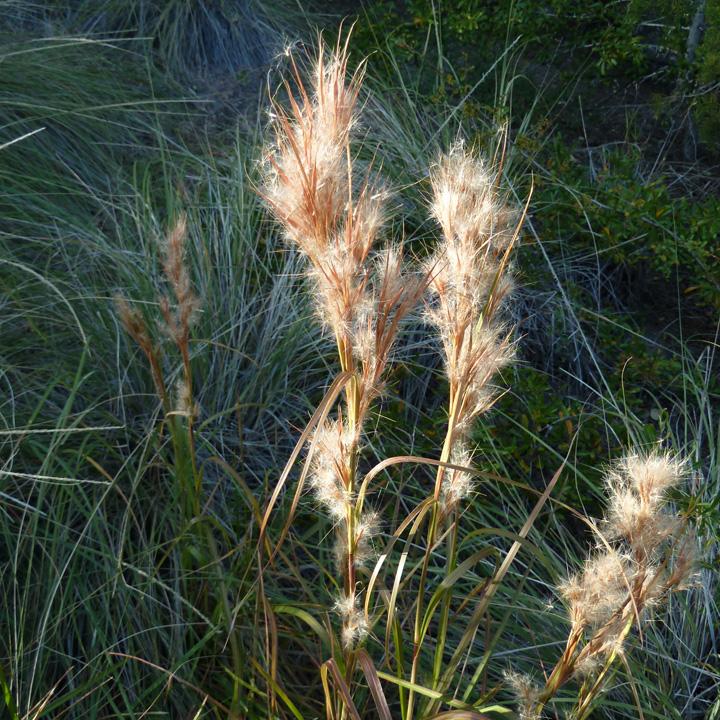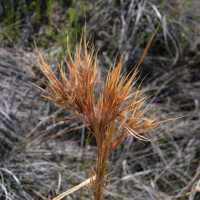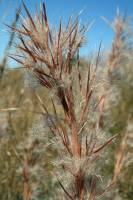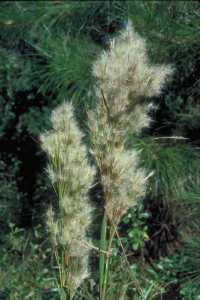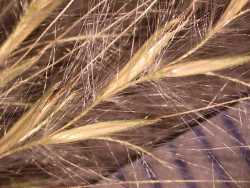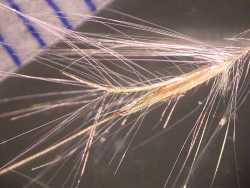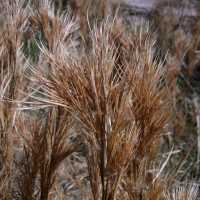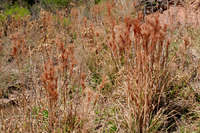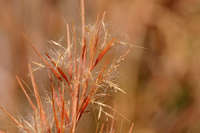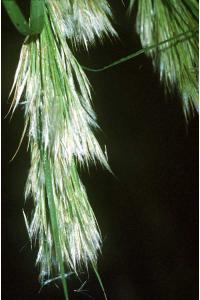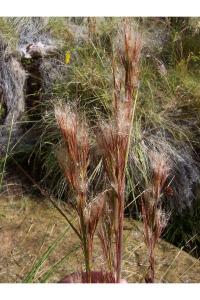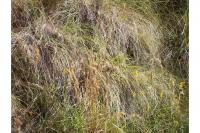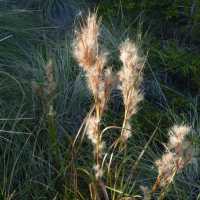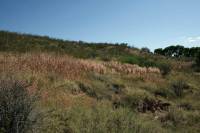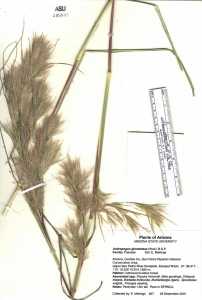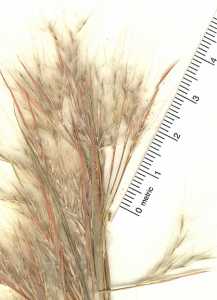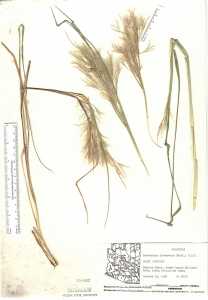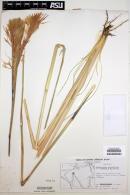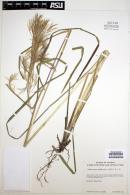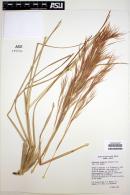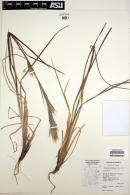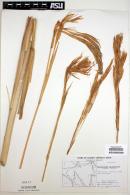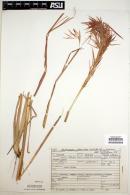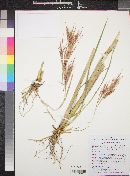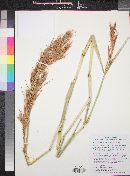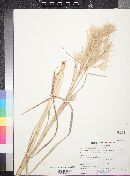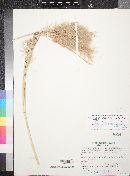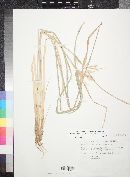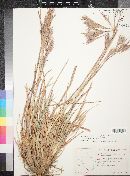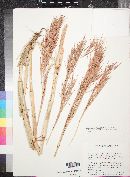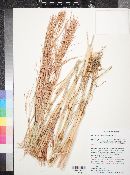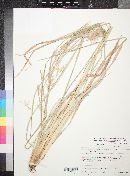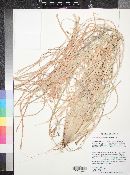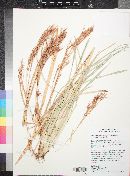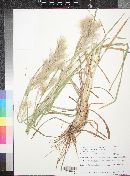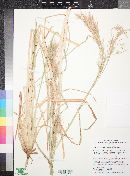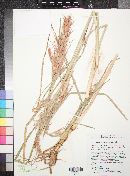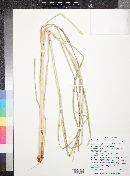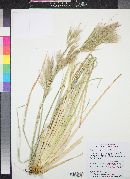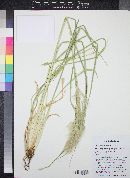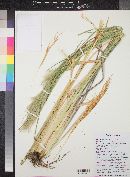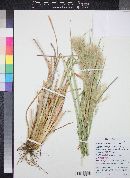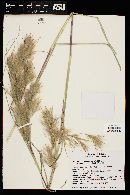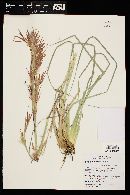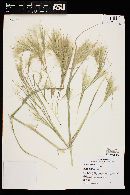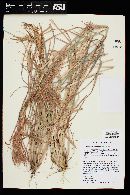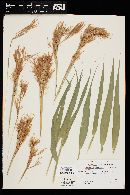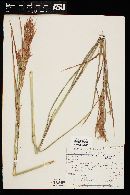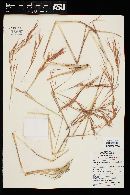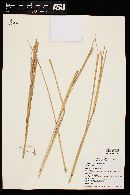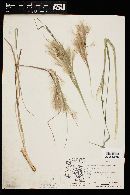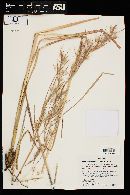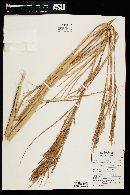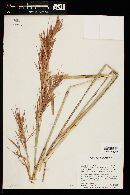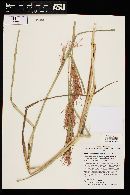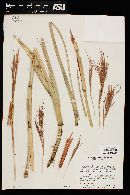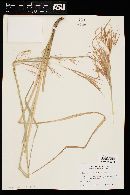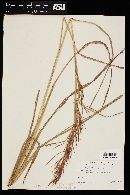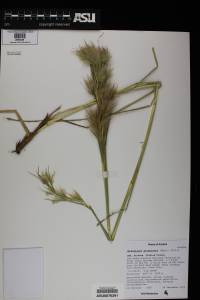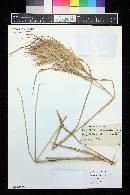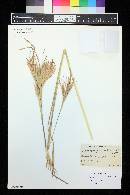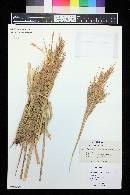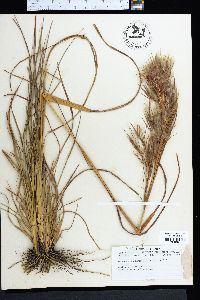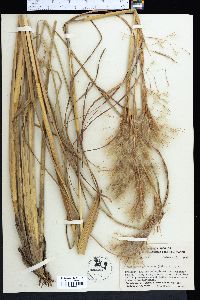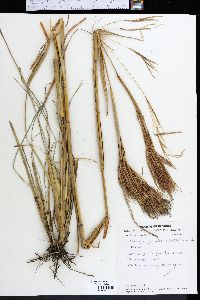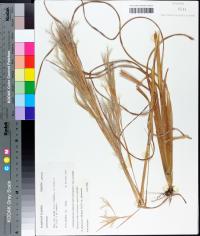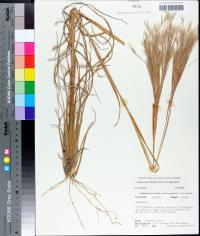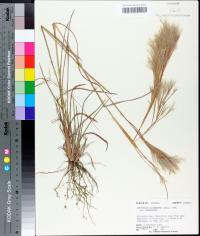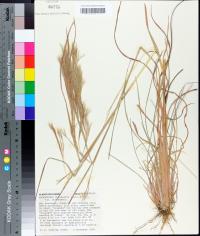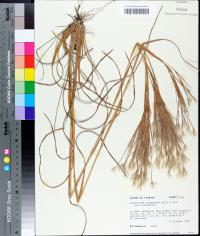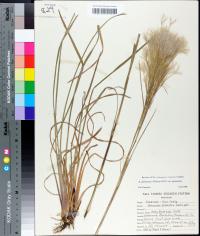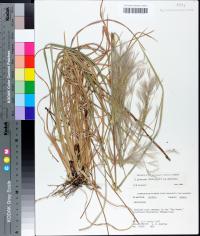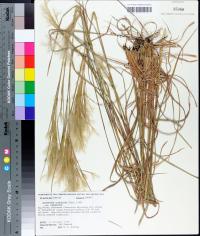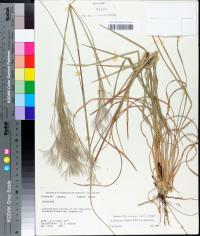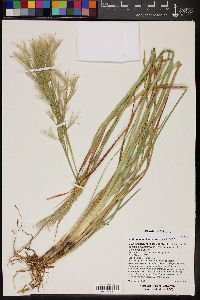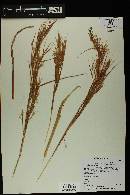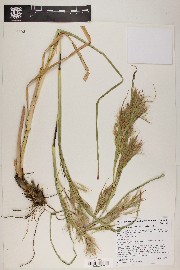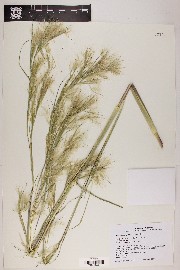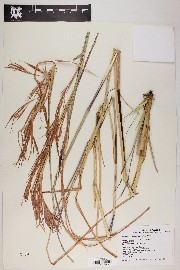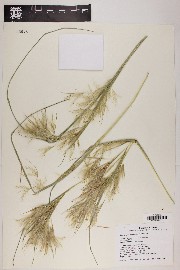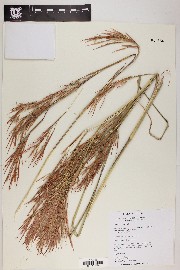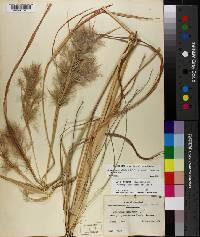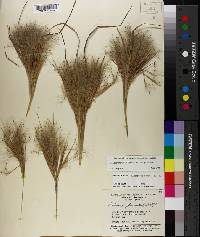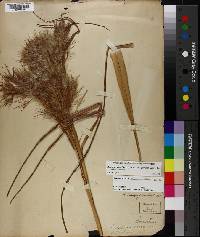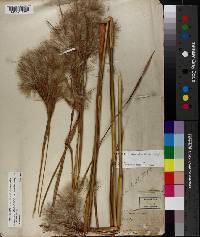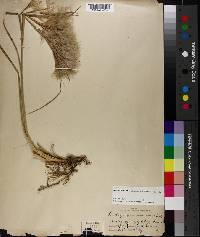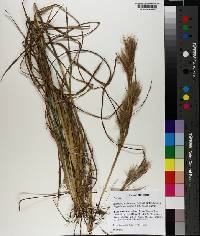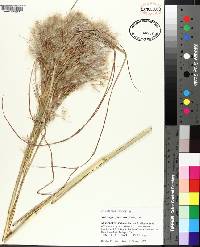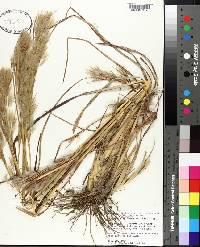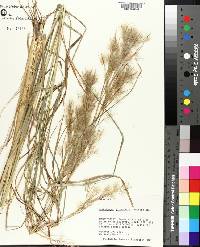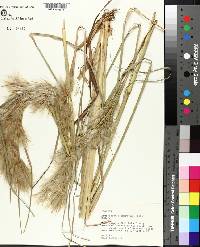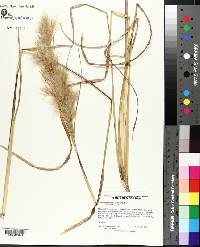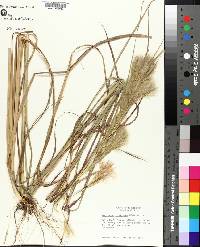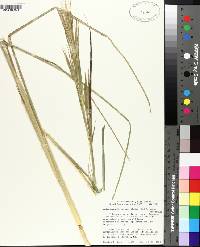
|
|
|
|
Family: Poaceae
Bushy Bluestem, more...Bushy Beardgrass
[Anatherum glomeratum (Walter) Voronts. & E.A. Kellogg, moreAnatherum macrourum (Michx.) Griseb., Andropogon corymbosus (Chapm. ex Hack.) Nash, Andropogon corymbosus var. abbreviatus (Hack.) Nash, Andropogon densus Desv. ex Ham., Andropogon glomeratus subsp. reinoldii (León) Catasús, Andropogon glomeratus var. abbreviatus (Hack.) Scribn., Andropogon glomeratus var. corymbosus (Chapm. ex Hack.) Scribn., Andropogon glomeratus var. tenuispatheus , Andropogon macrourum Michx., Andropogon macrourum var. abbreviatus Hack., Andropogon macrourum var. corymbosus Chapm. ex Hack., Andropogon macrourum var. genuinus Hack., Andropogon macrourus , Andropogon macrourus var. abbreviatus Hack., Andropogon macrourus var. corymbosus , Andropogon macrourus var. pumilus , Andropogon reinoldii León, Andropogon spathaceus Trin., Andropogon virginicus var. tenuispatheus , Cinna glomerata Walter, Sorghum glomeratum (Walter) Kuntze] |
Plants cespitose, upper portion dense, oblong to oblanceolate or obpyramidal. Culms 20-250 cm; internodes green, sometimes glaucous; branches mostly erect, straight. Sheaths usually scabrous, sometimes smooth; ligules 0.6-2.2 mm, sometimes ciliate, cilia to 0.9 mm; blades 13-109 cm long, 2.9-9.5 mm wide, glabrous or sparsely to densely pubescent, hairs usually spreading, rarely appressed. Inflorescence units 10-600 per culm; subtending sheaths (2.0)2.9-4.4(6.5) cm long, (1.5)2.3-3.4(4.4) mm wide; peduncles (1)6-14(60) mm, with 2(4) rames; rames (1)1.7-2.5(3.5) cm, exserted or not at maturity, pubescence sparse basally and increasing in density distally within each internode. Sessile spikelets 3-5 mm; callus hairs 1-2.5 mm; keels of lower glumes sometimes scabrous below midlength, usually scabrous distally; awns 6-19 mm; anthers 1(3), 0.5-1.5 mm, yellow, red, or purple. Pedicellate spikelets vestigial or absent, sterile. 2n = 20. Andropogon glomeratus hybridizes with both A. longiberbis and A. virginicus. Some of its varieties are morphologically similar to the latter species. FNA 2007, Utah Flora 1983, Ann. Checklist GCNP 1987 Common Name: bushy bluestem Duration: Perennial Nativity: Native Lifeform: Graminoid General: Native perennial bunchgrass 0.5-1.5 meters tall with long leaves and large, thick, red-brown, broom-like inflorescences Vegetative: Cespitose, stems 20-250 cm long, erect, mostly with many branches above; ligules 1-2 mm long, sometimes with cilia < 1 mm long; leaves with usually open sheathes, blades mostly flat, 13-109 cm long, 3-9 mm wide. Inflorescence: Numerous inflorescence units per stem, with subtending sheaths 3-4 cm long, 2-3 mm wide; peduncles with 2 rames, peduncles 11-35 mm long; rames 1.5-2.5 cm long with little pubescence along base and increasing pubescence distally; spikelets sessile, 3-5 mm long; glumes generally 2, lower glumes keeled, glabrous; lemmas with awns 1-2 cm long; pedicellate spikelets rudimentary or absent. Ecology: Found in marsh borders, in moist pine forests and along streams and low-lying roadsides at 1200-4000 ft. Flowers July-October. Distribution: Found in New Mexico, Arizona, Utah, Nevada, California, Texas, Oklahoma, and most states in the East. Notes: Can live in hot environments as long as it has sufficient moisture. Hybridizes with A. longiberbis and A. virginicus. Ethnobotany: Roots have been used medicinally for backaches and hives. Presently used as an ornamental grass because of its rust-colored showy plumes. Etymology: Andropogon comes from the Greek andros, meaning man, and from pogon, meaning beard; in reference to the spikelets' hairs, resembling a man's beard; glomeratus means clustered. Synonyms: None Editor: Lkearsley2012 |
|
|
|

